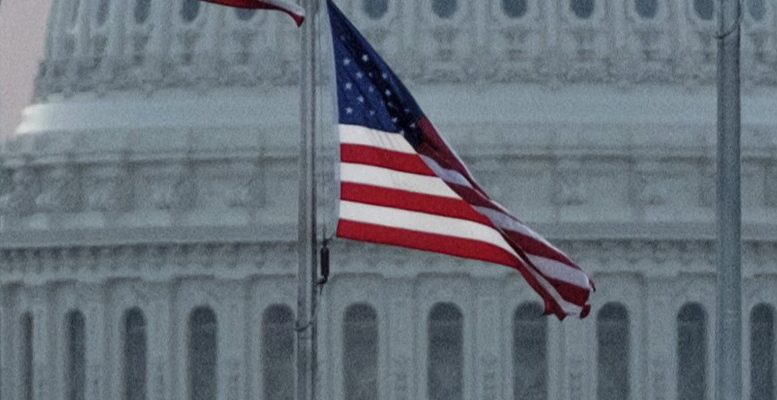Trade barriers are causing more insolvencies in the agricultural sector, while the retail sector is vulnerable to rising import costs. Crédito y Caución expects the United States to deepen its slowdown in 2020. The Spanish credit insurer expects GDP growth of 1.7%, largely supported by private consumption in the face of weak investment, public spending and exports. Although household finances are in better shape than a decade ago, among companies there has been an increase in debt and a deterioration in their credit capacity.
Many firms have taken advantage of the availability of capital to generate higher dividends rather than invest in the real economy, increasing their vulnerability to economic and financial crises. After nine years of decline, Crédito y Caución expects 2019 data to reflect a 2.5% growth in corporate failures in the United States. Looking ahead to 2020, monetary policy easing may not be enough to prevent a further 4% increase. Trade barriers are causing more insolvencies in the agricultural sector, while the retail sector is vulnerable to rising import costs.
The Crédito y Caución report considers that the recent phase one agreement with China does not significantly clarify the future of US trade policy in a context of slowing industrial production and uncertainty. The business fabric is facing a reduction in profits due to the increase in import prices due to tariffs, the increase in labour costs and the decrease in external demand. The report does not foresee substantial pick-ups in business investment, which contracted in the second and third quarters of 2019, and considers that there are limited prospects for further fiscal stimulus. Exports are affected by falling demand in China or the euro area, the global slowdown in manufacturing and the competitive disadvantage of a strong dollar for exporters.
Private consumption already accounts for more than two-thirds of economic activity in the United States, with average year-on-year growth of 1.9% since 2016. The 2020 baseline scenario expects continued growth supported by low unemployment, wage growth and modest inflation, although it will begin a gradual slowdown. The strength of private consumption is underpinned by household finances, which are in much better shape than in the run-up to the 2008 crisis: household debt has fallen to 75% of GDP from almost 100%. Personal savings rates have increased considerably, from 3% a decade ago to about 8% today.
The downside risks that could lead to a recession are related to an unexpected deterioration in household consumption. “One spark could be the fall in the stock market, triggered by Chinese-US competition for dominating the high-tech industry. A rise in oil prices





